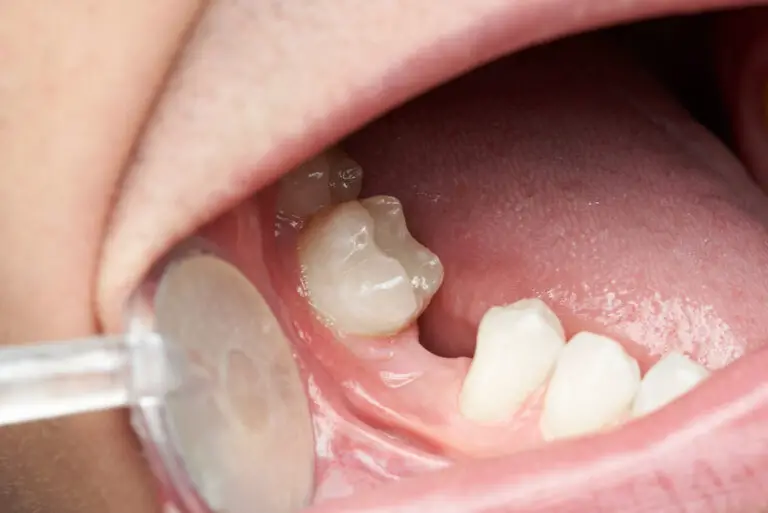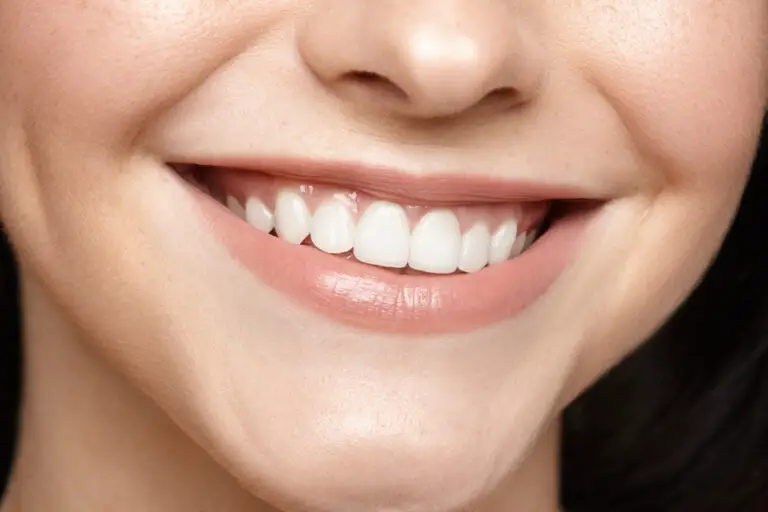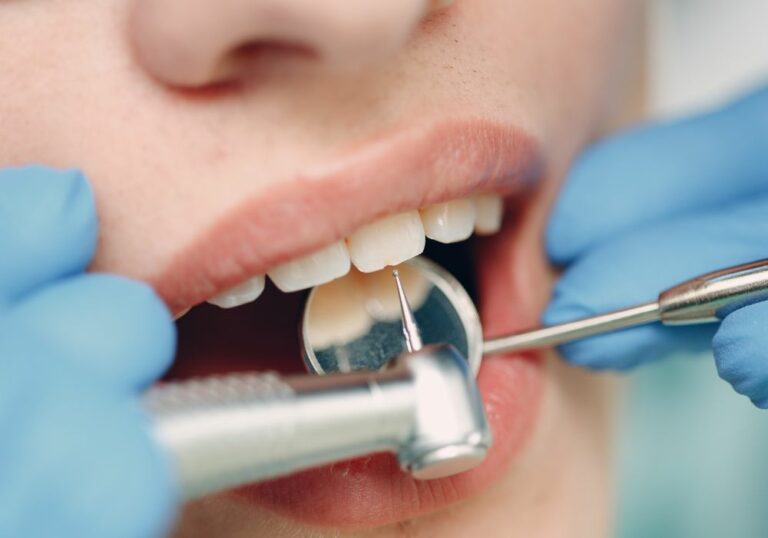Our teeth are intricate structures composed of multiple mineralized tissues. The outermost enamel layer is made up of around 96% minerals like calcium and phosphate. Under the enamel is a thicker layer of bonelike tissue called dentin, which also contains high levels of calcium phosphate minerals. At the center of the tooth is the pulp, which houses blood vessels, nerves, and connective tissues.
Calcium and other minerals are essential for keeping teeth strong and resistant to damage from daily wear and tear. Calcium phosphate mineral, also called hydroxyapatite, gives enamel its hardness and durability. However, despite their highly mineralized composition, our teeth do gradually lose small amounts of minerals over time. This loss leaves teeth more susceptible to decay, sensitivity, and fractures. In this detailed article, we will take a deep look at why our teeth experience calcium and mineral loss as we age.
Causes of Calcium Loss in Teeth
While some tooth mineral loss occurs naturally with aging, certain lifestyle factors and dental problems can accelerate the rate of calcium depletion from teeth. The main reasons teeth lose calcium include:
1. Erosion from Acidic Foods and Drinks
When we consume acidic foods and beverages, the acids interact with saliva to lower the pH in our mouth. This drop in pH creates an acidic environment that can dissolve the calcium phosphate mineral content of enamel through a process called demineralization.
Common acid-containing items like citrus fruits, tomatoes, carbonated soft drinks, wine, and sour candies lower mouth pH for a period of time after consumption. Repeated acid attacks from frequent consumption of these items slowly dissolves surface enamel crystals, depleting calcium and phosphate ions. Even short periods of intense acidity can demineralize enamel. Drinking acidic drinks slowly over longer periods keeps mouth acidity high, promoting more mineral loss.
The early stages of erosion cause increased surface porosity and roughness, but enamel will remineralize if given a chance. Once significant mineral content has been lost, the enamel loses hardness and becomes prone to cavities and infections. Outer enamel can also become permanently etched and thinned, exposing the softer dentin underneath.
Strategies to Prevent Enamel Erosion from Acids
- Limit frequency of acidic food and drinks, including citrus, carbonated sodas, sports drinks, wine, sour candy etc.
- Avoid swishing or holding acidic drinks in mouth; drink them quickly.
- After consuming acidic items, rinse mouth thoroughly with water to neutralize pH.
- Wait at least 30 minutes after eating/drinking acids before brushing teeth, as brushing immediately can worsen erosion.
- Drink water alongside acidic drinks to dilute acids and raise mouth pH.
- Chew sugar-free gum after eating, as chewing promotes neutralizing saliva flow.
2. Bacterial Acid Production from Plaque Accumulation
Dental plaque is a thin biofilm of bacteria, food debris, and salivary proteins that adheres to the teeth. Plaque buildup is worsened by poor oral hygiene and infrequent teeth cleaning. The bacteria in plaque feed on carbohydrates from foods and produce acids as a byproduct. These plaque acids are in direct contact with the tooth surface and can decalcify and demineralize enamel over time.
Repeated acid attacks from plaque bacteria dissolve out calcium and phosphate minerals, eventually forming holes and cavities in the enamel. The bacteria continue eating through demineralized enamel and infect the underlying dentin. If left untreated, this decay process can lead to complete destruction of the tooth structure, abscesses, and tooth loss.
Plaque also builds up in areas difficult to reach with normal oral hygiene, including between teeth and below the gumline. Inadequate cleaning of these sites allows for prolonged acid production and accelerated enamel erosion.
Preventing Plaque Accumulation and Acid Erosion
- Brush thoroughly twice a day with a soft bristled fluoride toothpaste
- Floss daily, ensuring removal of plaque between teeth
- Use antibacterial mouthwashes to reduce plaque bacteria counts
- Get professional teeth cleanings every 6 months for plaque removal
- Limit frequency of sugary or starchy snacks and drinks
3. Gum Disease and Periodontal Infections
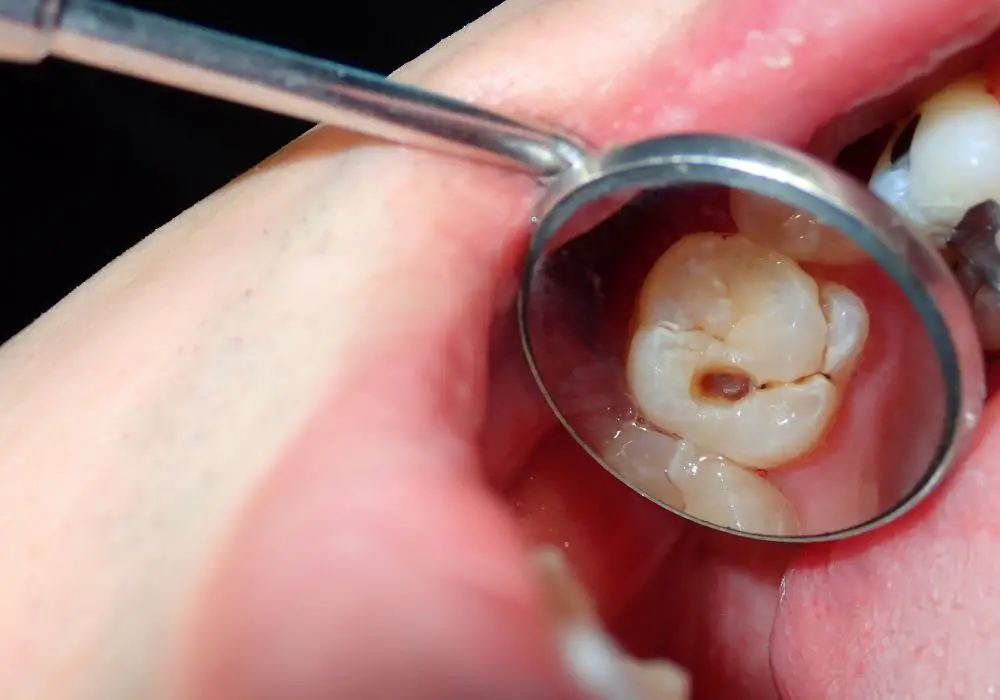
Gum disease, also called gingivitis and periodontitis, occurs when plaque is allowed to accumulate along and below the gumline. Chronic gum infection causes inflammation and recession of the gums. It also leads to erosion of the root surface and the bone supporting the teeth.
As gum disease worsens due to neglected treatment, deep pockets form between the teeth and gums. Plaque bacteria thrive in these pockets, producing acids that rapidly demineralize exposed root and enamel surfaces. Unchecked, advanced gum disease leads to severe erosion and loss of the bony sockets holding the teeth in place.
Gum disease creates an environment of constant acid attacks from plaque bacteria below the gumline and along the root. This leads to substantial loss of minerals from enamel and root structure. Increased dental decay in people with gum disease often results from this acid dissolution of tooth minerals.
Preventing Enamel Erosion from Gum Disease
- Maintain thorough oral hygiene with daily brushing, flossing, and antibacterial mouthwash
- Get professional teeth cleanings every 3-6 months based on individual risk
- Have regular dental exams to detect and treat gum infection early
- Don’t smoke or use smokeless tobacco, as these worsen gum disease
- Take antibiotics or antiseptics to treat active gum infections if recommended
4. Bruxism – Teeth Grinding and Clenching
Bruxism involves either clenching and grinding the teeth during jaw muscle contractions. It often occurs during sleep but may happen when awake also. The enamels of opposing teeth repeatedly slide over one another with significant pressure during bruxism. This horizontal grinding motion wears down tooth enamel and can cause micro-fractures in the surface.
Clenching and grinding also leads to vertical compression of the teeth. This pressure is magnified if there are misaligned bite issues. The excessive forces placed on enamel during bruxism episodes weaken enamel crystals. Fractures and defects create pathways for plaque acids and bacteria to more easily penetrate and erode enamel.
Over time, severe bruxism wears down the enamel layer and exposes more sensitive dentin. Loss of protective enamel leaves teeth prone to hypersensitivity, decay, and cosmetic defects. Damaged enamel is unable to regenerate like other tissues in the body.
Preventing Bruxism-Related Enamel Damage:
- Have dentist fit you for a custom night guard to wear during sleep
- Reduce stress through exercise, meditation, counseling, etc
- Correct misaligned teeth or jaw joint problems causing grinding
- Avoid chewing on hard items like ice or nails that can fracture enamel
- Take medication if nocturnal grinding is severe, as per dentist recommendation
Consequences of Tooth Enamel Loss

The effects of enamel thinning and mineral loss include:
1. Cavities and Tooth Decay
Areas where minerals have been dissolved from enamel produce permanent holes and defects known as cavities or caries. Cavities allow bacteria and food debris to become impacted on and within the tooth. The decay process continues eating through enamel and infects the softer dentin inside.
As the decay penetrates deeper, it reaches the pulp tissue in the center of the tooth. The infected pulp becomes inflamed (pulpitis), causing toothache and abscess. Without treatment, progressive decay can lead to complete destruction of the tooth structure.
2. Tooth Sensitivity
Enamel protects the underlying dentin layer that contacts the tooth pulp. Dentin contains microscopic tubules which transmit sensations including hot, cold, and pressure. When enamel erodes from the dentin surface, these tubules become exposed to the oral environment.
External stimuli like hot or cold foods and beverages then travel directly down the open tubules to the nerve in the center of the tooth. This results in sharp pains of tooth sensitivity. Exposed dentin may also lead to pulp inflammation and infection.
3. Cracks, Fractures, and Chipping
Enamel becomes weaker as mineral content is lost. Fractures, cracks, and chips develop more readily as the protective enamel layer thins. These enamel defects allow new routes for bacteria and acids to penetrate deep into the tooth structure and cause decay.
Cracked or fractured enamel cannot repair itself like other body tissues. Without treatment, cracks progressively deepen over time until the tooth splits apart or requires extraction.
Preventing Tooth Mineral Loss
While some enamel loss naturally occurs with aging, we can take proactive steps to minimize calcium and mineral depletion and maintain healthy, functional teeth:
- Brush thoroughly twice a day – Regular brushing with a soft fluoride toothpaste removes plaque and debris before acid production. Fluoride helps remineralize early decay.
- Floss daily – Flossing cleans plaque from interdental areas the toothbrush misses, preventing bacterial accumulation and acid release.
- Use antibacterial rinses – Mouthwashes with cetylpyridinium chloride or essential oils kill plaque bacteria and help prevent erosion.
- Limit acidic foods/drinks – Avoid frequent consumption of acidic items that lower mouth pH and leach enamel minerals.
- Drink fluoridated water – Fluoride incorporated into developing enamel makes it more acid resistant. Most tap water contains added fluoride.
- Chew sugar-free gum – Chewing stimulates neutralizing saliva flow to raise mouth pH and strengthen enamel.
- Get regular dental cleanings – Professional cleanings prevent mineralized tartar from trapping plaque against teeth.
- Wear a night guard if grinding – Guards prevent excessive grinding pressures from damaging enamel.
- Stop smoking – Smoking accelerates gum disease progression leading to erosion from plaque bacteria.
Professional Treatment Options
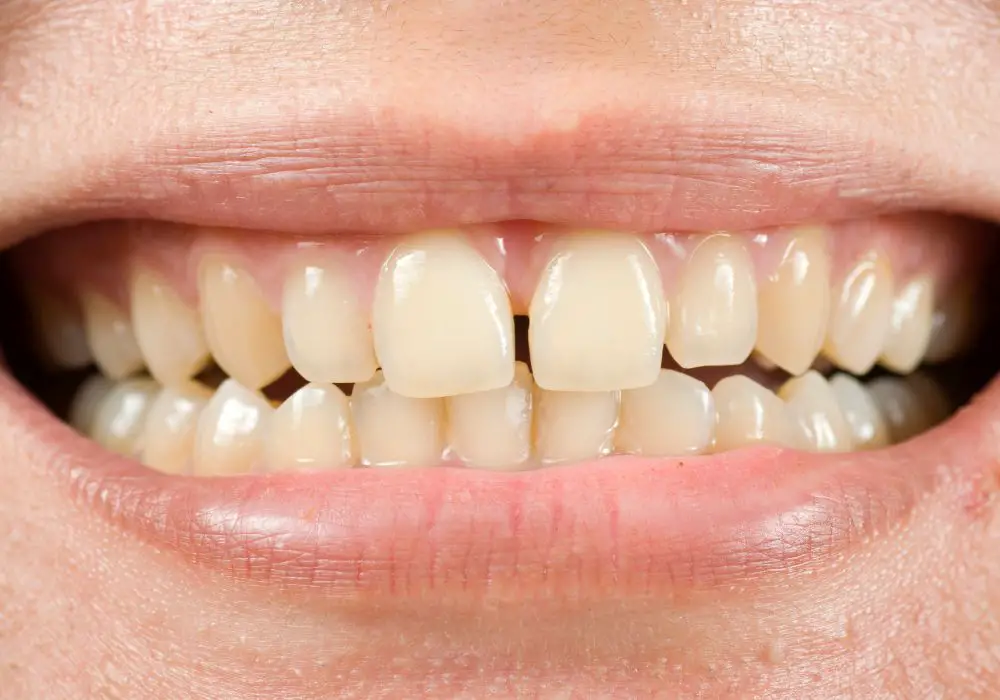
If enamel loss, cavities, or defects have already occurred, visiting a dentist for prompt treatment can stop further progression and restore mineral content. Treatments include:
- Fluoride varnish or gel – High concentration topical fluoride helps remineralize enamel in the early stages of decay. Multiple applications may be required.
- Sealants – Thin plastic coatings adhere to pitted areas of molars to prevent food and debris from becoming trapped and causing decay. They last several years with good oral hygiene.
- Composite fillings – Tooth colored resin materials fill cavities and small defects to stop decay. They contain some fluoride release to help strengthen surrounding enamel.
- Dental crowns – Crowns fully encase severely damaged teeth to prevent fractures and restore function. The crown protects remaining inner tooth structure.
- Root planing and scaling – Deep cleanings below the gumline in patients with gum disease to remove harmful bacteria and acids. Stops further destruction of root and enamel.
Conclusion
While our tooth enamel gradually loses some mineral content with age, certain factors like acidic foods, plaque, gum disease, and teeth grinding significantly accelerate calcium depletion. This leads to problems with tooth sensitivity, decay, and structural defects that only worsen over time without proper prevention and treatment. Practicing good daily oral hygiene, limiting enamel erosion risks, addressing bruxism, and seeing a dentist regularly for cleanings and checkups can help maintain the mineral content and integrity of our teeth for decades to come.



